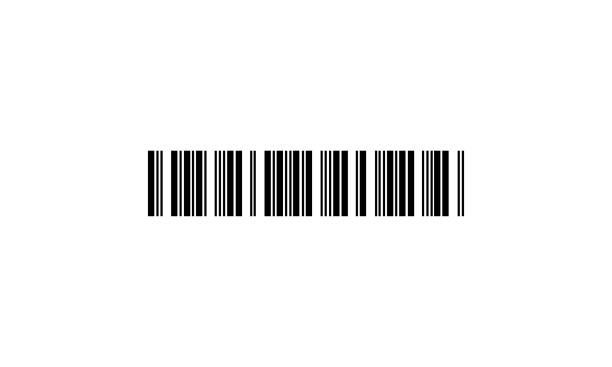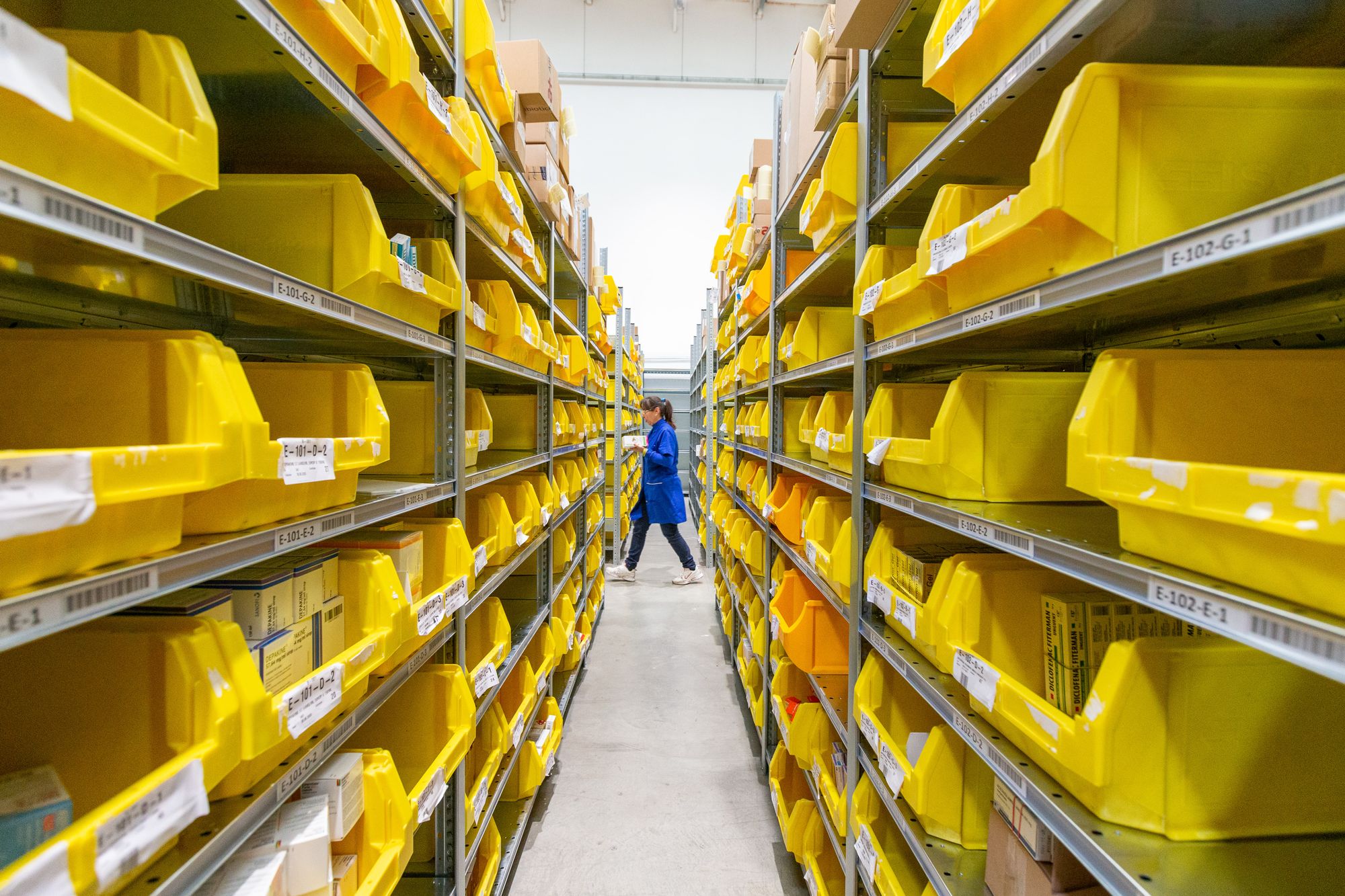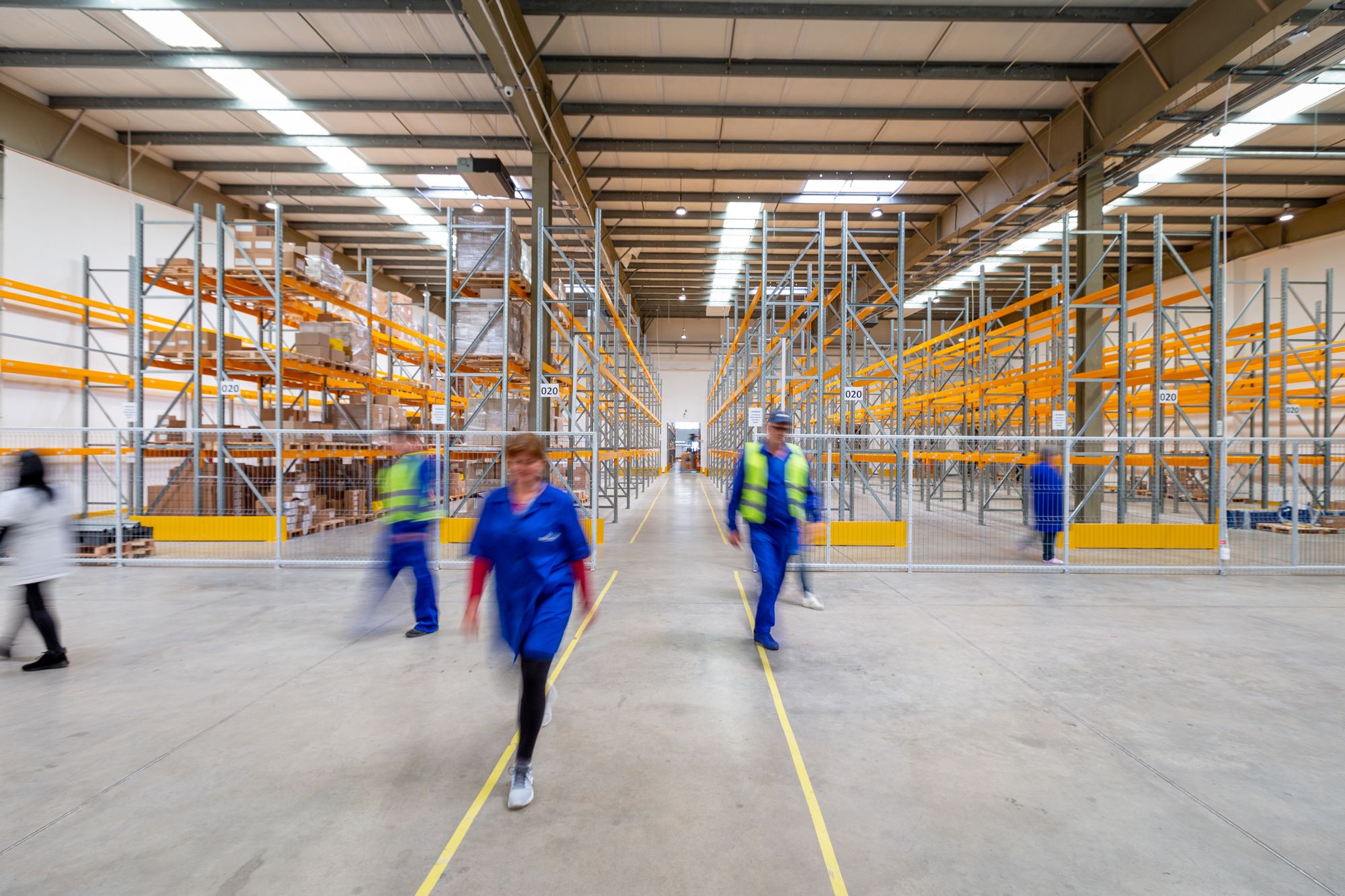Keeping tabs on stocks, inventory, quantity, location, and status of goods are not the tasks that one person can take care of, it requires both management skills and a barcode inventory control. Wondering what that is? Worry not because we will answer all the questions that you may have on barcode inventory control. Let's get started!
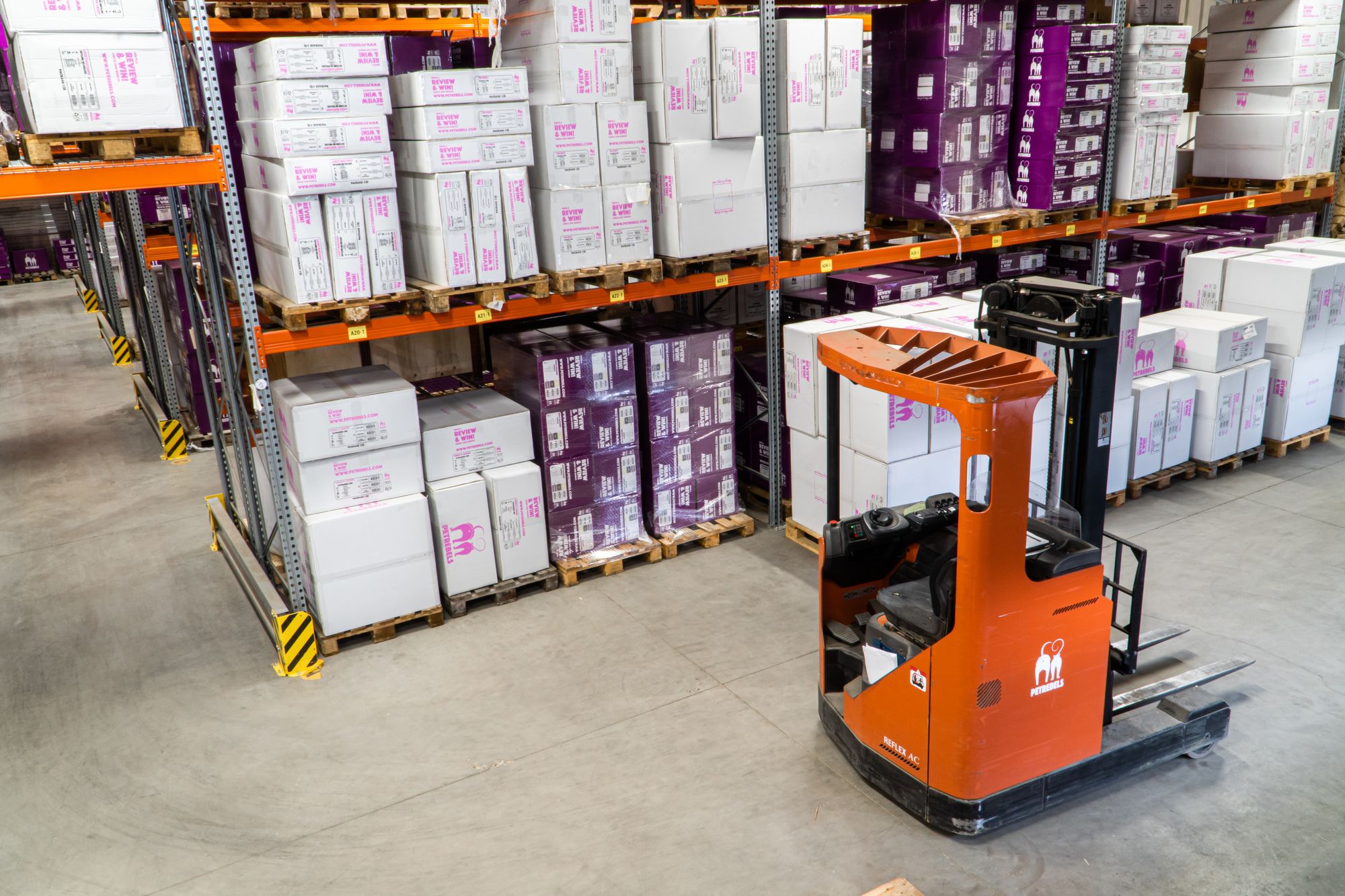
This article covers the following:
- What is barcode inventory control?
- What are the benefits of barcode inventory control?
- How to create an effective barcode inventory system?
- How to use barcodes to automate inventory tracking?
- What are some of the best practices for barcode inventory control?
- What are the barcode scanning solutions for inventory management?
- What is the future of barcode inventory control?
- How can Deskera assist you?
What is Barcode Inventory Control?
Barcode inventory control is a system used to monitor and maintain inventory levels. It involves the use of barcodes, scanners, and software to track inventory movement and provide accurate records of what items are in stock.
This system can be used in a variety of industries to help manage inventory and ensure that goods are readily available when needed. Inventory control is an important aspect of any business, as it can help to reduce costs, improve customer service, and keep track of stock levels.
Barcode inventory control can be used to identify and track items, as well as monitor their movement in and out of the warehouse. This system is particularly useful in industries such as retail, healthcare, and manufacturing, where tracking inventory is essential.
The barcode inventory control system involves the use of barcodes, which are small, black-and-white images printed on labels. These barcodes contain information about the item in question, such as the size, weight, and quantity. This information is then read by a scanner and transmitted to a computer system.
This system then updates the inventory records with the new information, allowing the system to accurately track the movement of items. The barcode inventory control system can be used to identify when stock levels are low and need to be replenished.
This is particularly useful in retail, where stock needs to be monitored closely. Barcodes can also be used to track product movements, such as when items are shipped or returned. This allows companies to keep a close eye on their inventory, ensuring that they have the right amount of stock on hand at all times.
Barcode inventory control systems can also be used to monitor product quality. By scanning the barcode, businesses can quickly identify any defects, allowing for faster resolution and improved customer service.
This system can also be used to track product expiration dates, ensuring that products are not sold after their expiration date.
What are the Benefits of Barcode Inventory Control?
Barcode inventory control is a system of tracking inventory that uses barcodes to store and track product information. The benefits of barcode inventory control are numerous and include improved accuracy, increased efficiency, reduced labor costs, better inventory control, and improved customer service.
Accuracy
Barcode inventory control systems provide an accurate and up-to-date view of inventory levels. This allows businesses to quickly identify which products are in stock and which are not, reducing the risk of stock-outs and overstock.
Efficiency
With barcode inventory control, businesses can quickly and accurately track and manage their inventory. This reduces the time wasted on manual tasks and makes the inventory process more efficient.
Reduced Labor Costs
By automating the inventory process, businesses can reduce their labor costs. This can be achieved by reducing the number of staff needed to manage the inventory process or by allowing existing staff to focus on more important tasks.
Better Inventory Control
Barcode, inventory control systems, provide real-time data on inventory levels, which allows businesses to better manage their inventory. This can help businesses predict demand and adjust their stock levels accordingly.
Improved Customer Service
With barcode inventory control, businesses can provide accurate and timely information on stock levels to customers. This can lead to higher customer satisfaction, as customers know exactly when their orders will be delivered.
Overall, barcode inventory control systems provide businesses with numerous benefits, including improved accuracy, increased efficiency, reduced labor costs, better inventory control, and improved customer service. By automating the inventory process, businesses can save time and money and provide better service to their customers.
How to Create an Effective Barcode Inventory System?
Barcode inventory systems are a great way to streamline your business operations and ensure accurate inventory tracking and management. With the help of barcodes, businesses can quickly and easily track their stock, monitor stock levels, and keep their shelves stocked with the right products.
By implementing an effective barcode inventory system, businesses can reduce their operational costs, increase efficiency, and improve customer service. A barcode inventory system is an automated system that uses barcodes to track and record the movement of products within a business.
Barcodes are affixed to products or their packaging and scanned at various points throughout the inventory system. This enables businesses to track their stock, monitor stock levels, and keep their shelves stocked with the right products. Before implementing a barcode inventory system, it is important to understand how the system works and what it can do for your business.
Here are a few steps to help you create an effective barcode inventory system:
Design Your Inventory System
The first step in creating an effective barcode inventory system is to design your system. Start by determining what types of barcodes you will use, how often you will need to scan your products, and what types of information you would like to track. You can also decide if you will use a handheld or fixed barcode scanner.
Implement Your System
Once you have designed your system, it’s time to implement it. This involves attaching barcodes to products or their packaging and then setting up the barcode scanner to read the barcodes. You should also establish a system for updating the database with the latest information.
Train Your Employees
Once the system is in place, it is important to train your employees on how to use it. They should understand how to scan the barcodes and how to enter data properly into the database.
Monitor and Troubleshoot
The final step is to monitor and troubleshoot your system. This involves checking the accuracy of the data, ensuring that the barcodes are being scanned properly, and making sure that the database is consistently updated.
By implementing an effective barcode inventory system, businesses can improve their inventory management, reduce their operational costs, increase efficiency, and improve customer service.
With the help of barcodes, businesses can quickly and easily track their stock, monitor stock levels, and keep their shelves stocked with the right products. By following these steps, businesses can create an effective barcode inventory system that will help them maximize their profits.
How to Use Barcodes to Automate Inventory Tracking?
Barcode inventory control is a technology that can help businesses of all sizes increase efficiency, reduce costs, and improve customer satisfaction. By using barcodes to track inventory, businesses can streamline their operations and save time and money.
Barcodes can be used to track inventory in a variety of ways, and this article will explain how to use barcodes to automate inventory tracking. The first step in setting up barcode inventory control is to purchase a barcode scanner and printer.
The scanner is used to read the barcodes, while the printer prints out labels with the barcodes on them. There are many different types of barcode scanners and printers available, so it’s important to find the right one for the job.
Once the scanner and printer are in place, the next step is to create the barcodes. This can be done by using a software program or by buying pre-printed barcode labels. Once the barcode labels have been printed, they need to be affixed to the items in the inventory.
This can be done manually or through automated systems. Automated systems are more efficient, but manual systems can be used if the items are small or hard to reach. After the barcodes have been affixed to the items, the next step is to scan them. This can be done with a barcode scanner or a mobile device.
Once the items have been scanned, the data needs to be entered into the inventory software. This can be done manually or through an automated system. The software will then track the items and the quantity of each item in the inventory.
This allows the business to easily determine when items need to be reordered or when the inventory is running low. Finally, the business needs to set up reports and alerts to monitor the inventory.
This can be done through the software or through a web-based solution. Reports and alerts can be used to notify the business when items are running low or when there are discrepancies between the scanned items and the actual inventory.
This allows the business to take immediate action to replenish the inventory and prevent stock-outs. By using barcodes to automate inventory tracking, businesses can save time and money. They can also improve customer satisfaction by ensuring that items are always in stock and ready for purchase.
The key is to find the right barcode scanner and printer, create the barcodes, affix them to the items, scan them, enter the data into the inventory software, and set up reports and alerts. With this system in place, businesses can ensure that their inventory is always up to date, and they can quickly identify when they need to reorder items.
What are Some of the Best Practices for Barcode Inventory Control?
Barcode inventory control is a powerful tool for businesses of all sizes, from small mom-and-pop stores to large corporate enterprises. By utilizing barcodes, businesses can track inventory more accurately and efficiently, reducing costs and increasing profits. Here are some of the best practices for barcode inventory control systems:
1. Use an Inventory Management System
A comprehensive inventory management system should be used in order to track and monitor inventory levels. This system should include the use of barcodes, as they are an effective way to track individual products and their associated information.
This system should also provide real-time data and insights into product inventory levels, orders, and shipments so that businesses can make informed decisions about their inventory and operations.
2. Use High-Quality Barcodes
The barcodes used in inventory control should be of the highest quality. This will ensure that the scanned barcodes are accurate and can be read easily. High-quality barcodes will also help to reduce scanning errors and ensure that products can be tracked accurately.
3. Utilize Automation
Automation is essential for efficient barcode inventory control. Automated systems can quickly and accurately scan and track products and inventory levels, saving time and money. Automation also reduces the chance of human error, which can lead to incorrect inventory tracking and inaccurate data.
4. Integrate Systems
Data from all systems should be integrated in order to provide a comprehensive view of inventory levels and operations. This integration should include sales data, inventory data, and customer data so that businesses can gain insight into customer buying trends and anticipate inventory needs.
5. Train Staff
It is important to ensure that all staff members who will be working with barcode inventory control systems are properly trained in their use. This will help to avoid mistakes and ensure that the systems are used correctly and efficiently.
6. Monitor Data
Businesses should regularly monitor the data provided by their barcode inventory control systems. This data can be used to gain insights into customer buying trends and inventory needs so that businesses can make informed decisions about their operations and inventory.
7. Implement Security Measures
Security measures should be implemented in order to ensure that the data from barcode inventory control systems are secure and cannot be accessed by unauthorized individuals.
This includes encryption of data, as well as authentication and authorization measures. By utilizing these best practices, businesses can ensure that their barcode inventory control systems are being used efficiently and effectively.
This will help to reduce costs and increase profits, as well as provide businesses with the insight they need to make informed decisions about their operations and inventory.
What are the Barcode Scanning Solutions for Inventory Management?
Inventory management is a critical process for businesses of all sizes. It helps them keep track of their products, maintain efficient operations and maximize their profits.
A barcode scanning solution is a powerful tool that can help businesses improve their inventory management processes. Barcode scanning solutions are used to read barcodes, which are unique codes printed on products.
These codes are scanned by specialized barcode scanners, which can then be used to identify the item, its price, and other information. By using a barcode scanning solution, businesses can quickly and accurately track their inventory and make sure that they always have the right amount of products available.
Barcode scanning solutions are used in a variety of ways to help manage inventory. One of the most common ways is through the use of inventory management software.
This type of software can be used to quickly and easily enter product information into a computer system. This information can then be used to generate reports, create stock lists, and track inventory levels.
This allows businesses to quickly identify when they need to order more of a certain product, as well as when they need to restock their shelves. Barcode scanning solutions can also be used to streamline the checkout process.
By using a barcode scanner, customers can quickly and easily scan their items and checkout. This reduces the amount of time customers have to spend waiting in line, as well as the time it takes employees to manually enter customer information.
This type of solution also allows businesses to keep better track of their sales, as they can easily identify what items were sold and when. Barcode scanning solutions can also be used to help businesses better manage their inventory.
By scanning products as they are received, businesses can identify if any of their items have been damaged or if they need to be replaced. This helps businesses avoid potential losses due to damaged or missing products. Additionally, businesses can use barcode scanning solutions to help keep track of their stock levels.
This allows them to quickly identify when they need to restock and order more of a certain product. Overall, barcode scanning solutions are an invaluable tool for businesses of all sizes.
They provide an easy and efficient way to manage inventory and streamline the checkout process. By using a barcode scanning solution, businesses can save time, money, and resources, and maximize their profits.
What is the Future of Barcode Inventory Control?
The future of barcode inventory control is an exciting concept that has the potential to revolutionize the way businesses manage their stock. Barcode inventory control systems have been around for quite some time, but advancements in technology are allowing them to become even more powerful and comprehensive.
By utilizing the latest in scanning technology, businesses can now track their inventory in real time, creating an efficient and reliable system to maintain stock levels. One of the most exciting aspects of barcode inventory control is the ability to integrate it with other systems, such as accounting and customer relationship management (CRM) software.
This integration allows businesses to have a complete picture of their stock levels, providing a more accurate and timely representation of their inventory. This means that businesses can be proactive in managing their stock, ensuring that they always have what they need and don’t suffer from shortages.
Another advantage of barcode inventory control is the ability to automate many of the processes associated with stock management. By using barcode scanners, businesses can quickly and accurately scan products as they enter and leave their facility, allowing for more efficient tracking and management.
Automated systems also allow for the collection and analysis of data, providing businesses with valuable insights into their operations. Barcode inventory control systems also provide businesses with the ability to track their stock levels in real time.
By using mobile devices or radio frequency identification (RFID) tags, businesses can track the location of their products, ensuring that they are always in the right place and at the right time.
This allows businesses to manage their inventory and reduce the risk of shortages. Finally, barcode inventory control systems can also help businesses save money. By allowing businesses to more accurately track their stock levels, they can avoid overstocking, meaning they don’t have to pay for storage space or extra labor costs associated with managing excess stock.
Additionally, businesses can also utilize barcode inventory control systems to reduce the number of returns, as they can more accurately track product quantities and ensure that customers are receiving the right items.
Overall, the future of barcode inventory control looks very promising. With the latest advancements in scanning technology, businesses can now gain more insight into their operations and ensure that their stock levels are always accurate.
Additionally, businesses can also save money by avoiding overstocking, reducing returns, and automating many of their processes. With the right barcode inventory control system, businesses can benefit from a powerful and comprehensive system that helps them stay organized and efficient.
How Can Deskera Assist You?
Remember discussing best-in-class inventory software? There is no way you can find anything as well-equipped as the Deskera inventory software. Deskera inventory software allows you to closely monitor the manufacturing process.
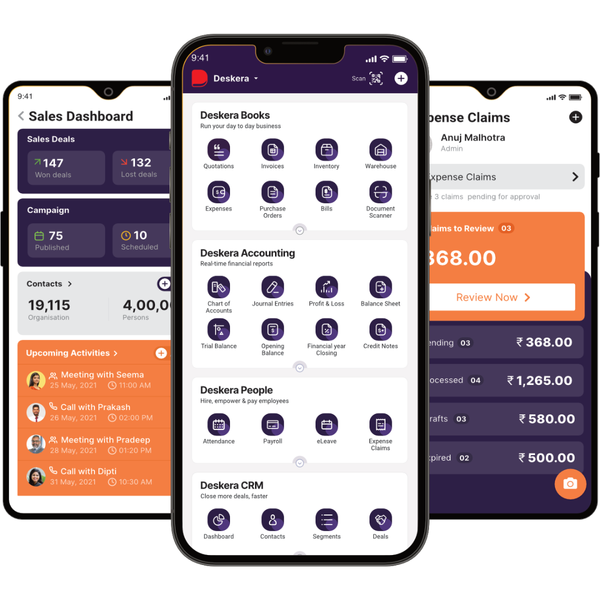
Key Takeaways:
- Barcode inventory control is a system used to monitor and maintain inventory levels.
- The benefits of barcode inventory control are numerous and include improved accuracy, increased efficiency, reduced labor costs, better inventory control, and improved customer service.
- By implementing an effective barcode inventory system, businesses can reduce their operational costs, increase efficiency, and improve customer service.
- A comprehensive inventory management system should be used in order to track and monitor inventory levels.
- A barcode scanning solution is a powerful tool that can help businesses improve their inventory management processes.
Related Articles:
